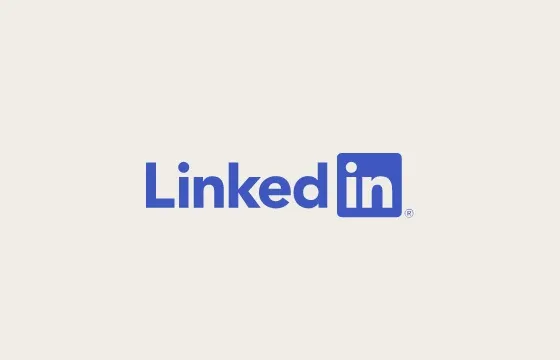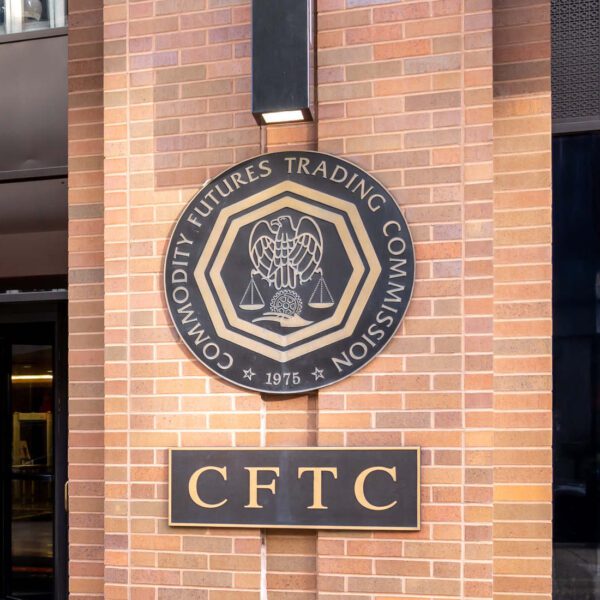Does LinkedIn’s algorithm promote male profiles over female?
That’s apparently what several users have found, by conducting their own makeshift experiments in the app, where women are switching their profiles to male profile pictures and names, then posting the exact same content as they had as female users, in order to test the results.
And some users have reportedly seen big variances, with up to 700% more impressions on the same posts shared as a male profile versus under a female name and identity.
Could that be true? Could there actually be some element with LinkedIn’s algorithm, intended or not, that actively boosts posts from male profiles in the app.
Based on the amount of posts under the #wearthepants hashtag in the app, there does seem to be something to it, so much so that LinkedIn has now responded to the controversy, and explained that user gender is not an algorithmic factor.
As explained by LinkedIn’s Sakshi Jain:
“Our algorithm and AI systems do not use demographic information (such as age, race, or gender) as a signal to determine the visibility of content, profile, or posts in the Feed. Our product and engineering teams have tested a number of these posts and comparisons, and while different posts did get different levels of engagement, we found that their distribution was not influenced by gender, pronouns, or any other demographic information.”
So what’s the deal then? Why are users getting more reach when posting as men, as opposed to sharing the same, or similar posts, as women in the app?
Jain says that there are many factors that play into reach, and it’s hard to provide a simple answer as to why one post gets more impressions than another.
“A side-by-side snapshot of your own feed updates that are not perfectly representative, or equal in reach, doesn’t automatically imply unfair treatment or bias. In addition, we are seeing the volume of content created daily on LinkedIn has grown rapidly over the past year, which means more competition for attention but also more opportunities for creators and viewers alike.”
Which is a bit of a vague response, but essentially, Jain is saying that many things, from the time of day that you post, to the users who are active and see it, will dictate expanded reach and impressions.
But it’s not gender, or any other demographic setting, that decides this. At least, not from LinkedIn’s perspective.
Another consideration could be the inherent bias of LinkedIn users, who may be more inclined to engage with a post from a man than a woman. These tests don’t account for this possibility, but essentially, it could be that LinkedIn users are more likely to react to a post from a man when they see it in feed.
I don’t know how you correct for that, but it could be another consideration to factor in.
For LinkedIn’s part, Jain further notes that LinkedIn does have internal tests to ensure that no one is being “systematically ranked lower relative to another,” in order to maximize opportunities, while it also tests:
“…whether the Feed quality for one demographic is systematically worse than another, such as if females are seeing more irrelevant feed items compared to men.”
Though the fact that LinkedIn tests for this would suggest that it does have settings related to male and female users, and that it is something that LinkedIn’s is measuring, at least to some degree.
That doesn’t mean that LinkedIn is weighting posts from one group or another differently, but the fact that LinkedIn is measuring this experience also implies that it could change the algorithm to influence the reach of posts of one group over another, if it chose to.
I don’t know, seems like an odd point to highlight within this context, but essentially, LinkedIn says that it absolutely does not have any weighting in its system that would see female users get less reach than males in the feed.
And of course, it shouldn’t, while LinkedIn specifically has spent years working to maximize economic opportunity for all users in the app.
So if anything, I would expect LinkedIn to be more attuned to this, which goes back to its bias testing.
It’ll be interesting to see if more users continue to raise this concern, but according to LinkedIn, there’s no gender bias within its systems.












